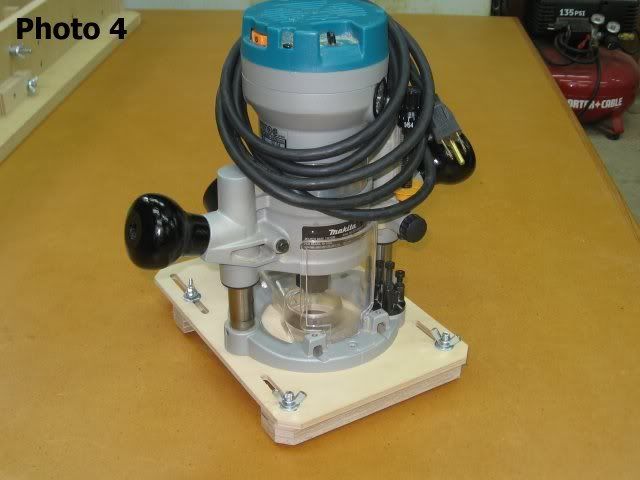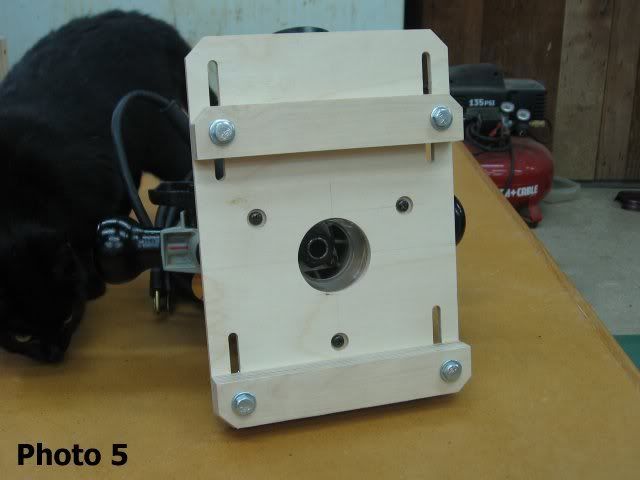Just wondering how this would be done...
I have a project where I want to cut slots for panels in stiles that are butt jointed (say I want to pocket hole screw these together for example...)
How would I start / stop the dado / slot without starting or going through the ends? Say like I want the slot to start, and end 3" from the ends of the stock?
I have a project where I want to cut slots for panels in stiles that are butt jointed (say I want to pocket hole screw these together for example...)
How would I start / stop the dado / slot without starting or going through the ends? Say like I want the slot to start, and end 3" from the ends of the stock?


 Loring in Katy, TX USA
Loring in Katy, TX USA





Comment